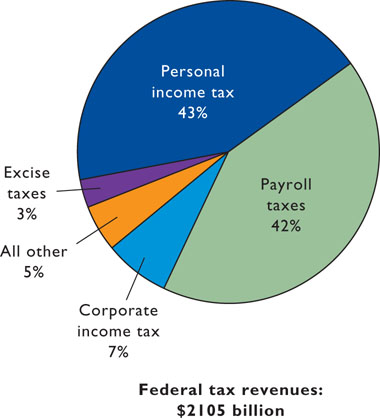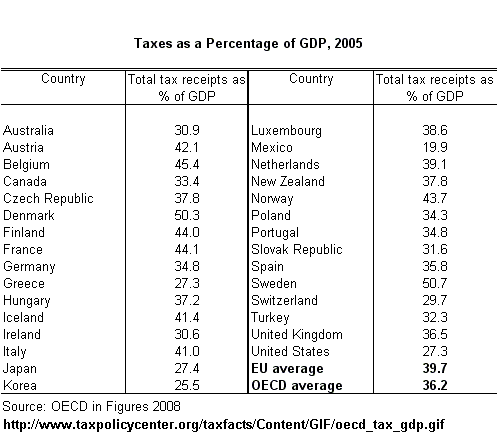A. Federal Expenditures
2009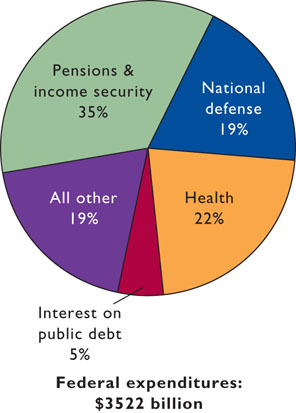
1. pensions and income security
2. national defense
3. health
4. interest on the public debt
5. other
B. Federal Tax Revenues
2009
1. personal income tax
2. payroll taxes
3. corporate income tax
4. excise taxesC. State and Local Finance
1. state expenditures and receipts [staexp.gif /starev.gif / 2007exp / 2007rev]
2. local expenditures an receipts [locexp.gif / locrev.gif / 2007exp / 2007rev ]D. Regressive, Proportional, and Progressive Taxes
WASHINGTON
House Dems hit on sales tax proposal
House Democrats plan to attack GOP candidates nationwide on their support of a national sales tax proposal, hoping the issue will help their attempt to take over the House.
Democrats think a national sales tax would mean that lower-income families will pay more of the country's tax burden and have been running advertisements attacking GOP candidates for supporting the idea. "We think that Republican candidates and Republican incumbents who are supporting this legislation must respond to their constituents about how they're going to deal with moving the tax burden," said Rep. Robert Matsui, D-Calif.
From wire reports
Northwest Herald
Wed., Oct 27, 2004, page 3A
Logan Scott
Breckenridge
June 27, 2006Several friends have asked: "Why should we pay sales tax on lift tickets? I don't want to pay a $14 sales tax on my season pass. Don't we pay enough already?" Perhaps a better question would be: "How might we use the revenue?"
Summit County has a highly regressive tax structure in the form of its sales tax on food for home consumption, i.e. the tax we pay on groceries at the supermarket. In most states, such a tax is in fact illegal. According to the USDA, a budget minded family of four averages $153/week on groceries or $7,966/year. Our 5 percent groceries sales tax adds about $400 to that cost. For someone earning $10/hour, that is about one week's wages. Clearly, the sales tax on food places a disproportionate burden on the working poor who are the foundation of our tourist industry.
Imposing a 4 percent sales tax on lift tickets would provide a revenue stream that could be used to reduce or eliminate groceries tax while maintaining a neutral position on overall sales tax collections. A 4 percent sales tax on lift tickets would help shift the burden from those who can least afford it to those who can and help make Summit County a more family friendly place to live.
Other possible uses? How about funding affordable housing initiatives specifically earmarked for police, school teachers, firemen, and other persons vital to our community. Affordable daycare continues to be a major concern, especially with the impending loss of Kinderhut triggered by VRI actions. Do we really want to continue providing VRI with a free ride on sales taxes and 6.7 million dollar subsidies to build gondolas? I think not. It is time for a lift ticket tax.
http://www.summitdaily.com/article/20060627/LETTER/106270043&SearchID=73249722340253
E. Personal Income Tax
1. taxable income
2. progressive taxa. marginal tax rateshttp://economics.about.com/b/2012/11/26/a-friendly-reminder-about-marginal-tax-rates.htmb. average tax rates
3. Fed. Income Tax Rates
TAX SCHEDULE:
http://www.irs.gov/
For 2012, tax brackets are as follows for an individual in the U.S.:10% on taxable income from $0 to $8,70015% on taxable income over $8,700 to $35,350
25% on taxable income over $35,350 to $85,650
28% on taxable income over $85,650 to $178,650
33% on taxable income over $178,650 to $388,350
35% on taxable income over $388,350
E. International Comparisons
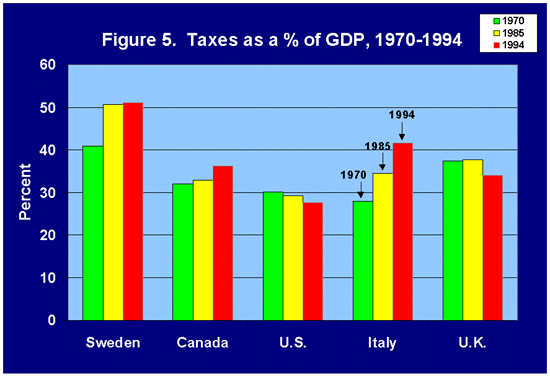
F. Distribution of the Tax Burden
- http://mercatus.org/publication/tax-burden-among-varying-income-percentiles
- http://www.ntu.org/tax-basics/who-pays-income-taxes.html
G. Government Growth
1. ways to measure government size
2. growth of TOTAL government expenditures
3. BUT:
a. purchases vs. transfer payments
(exhaustive and nonexhaustive expenditures)much of the growth has been the growth of transfer payments
b. growth of government expenditures AS A % OF GDP
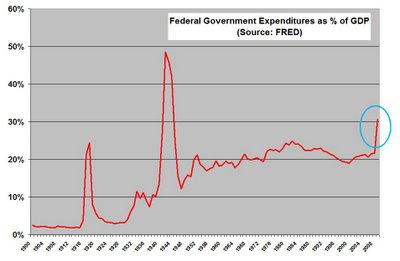
Notice how goverernment spending as a % of total spending DID NOT DOUBLE since 1965, but it is growing
